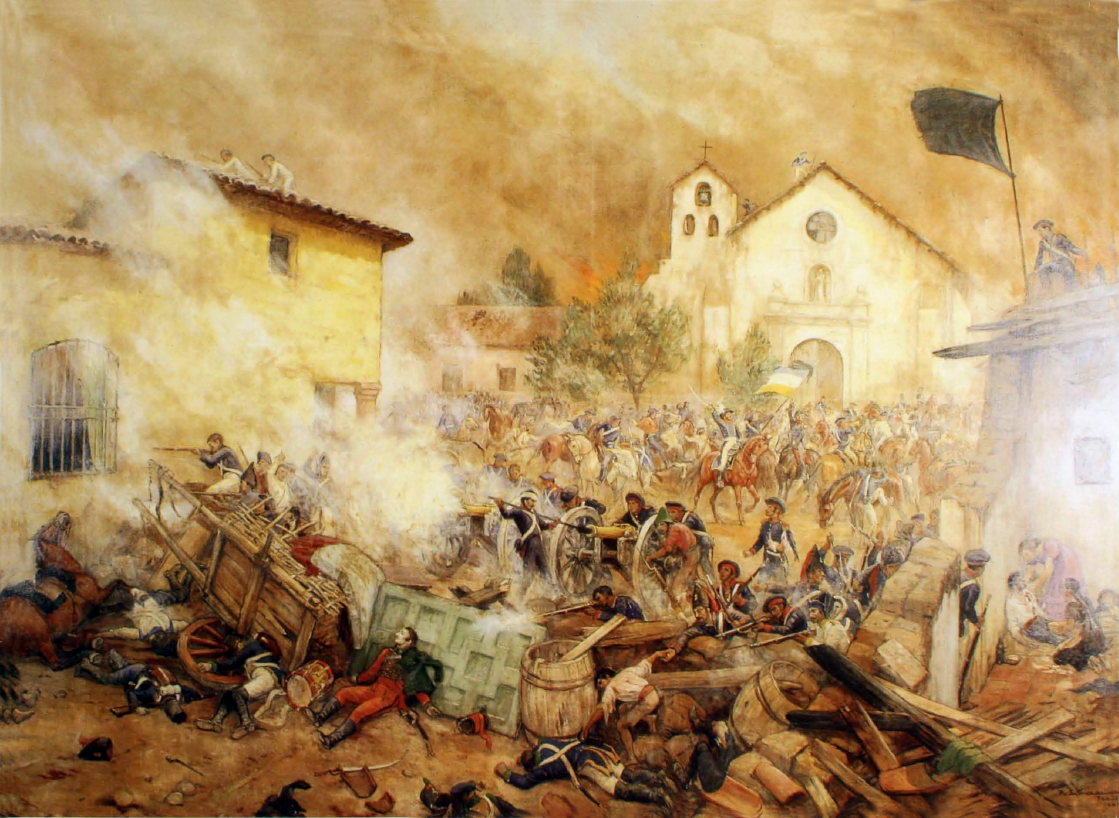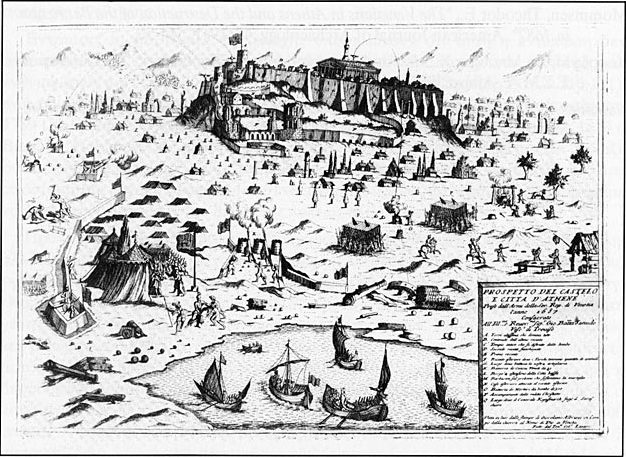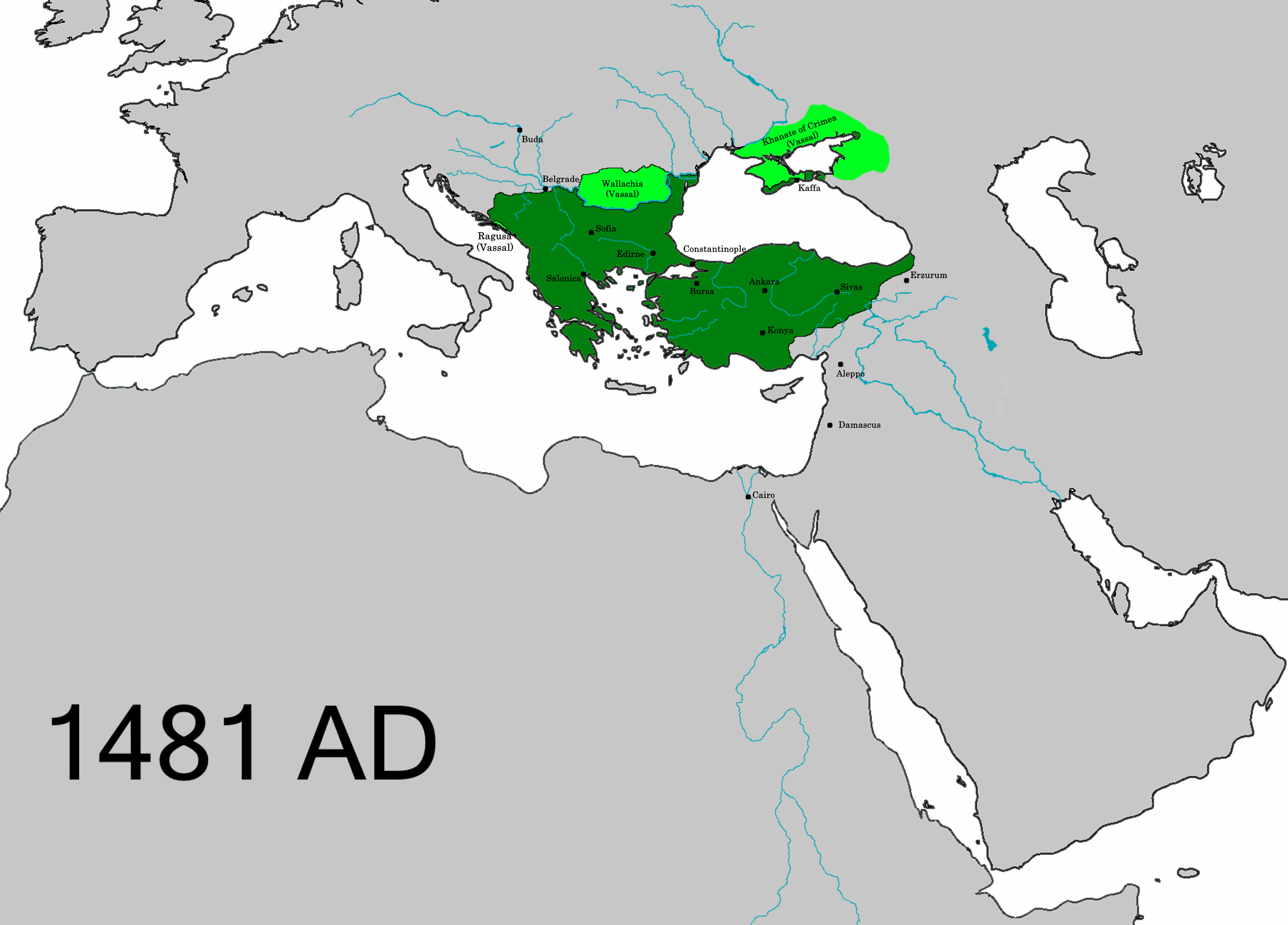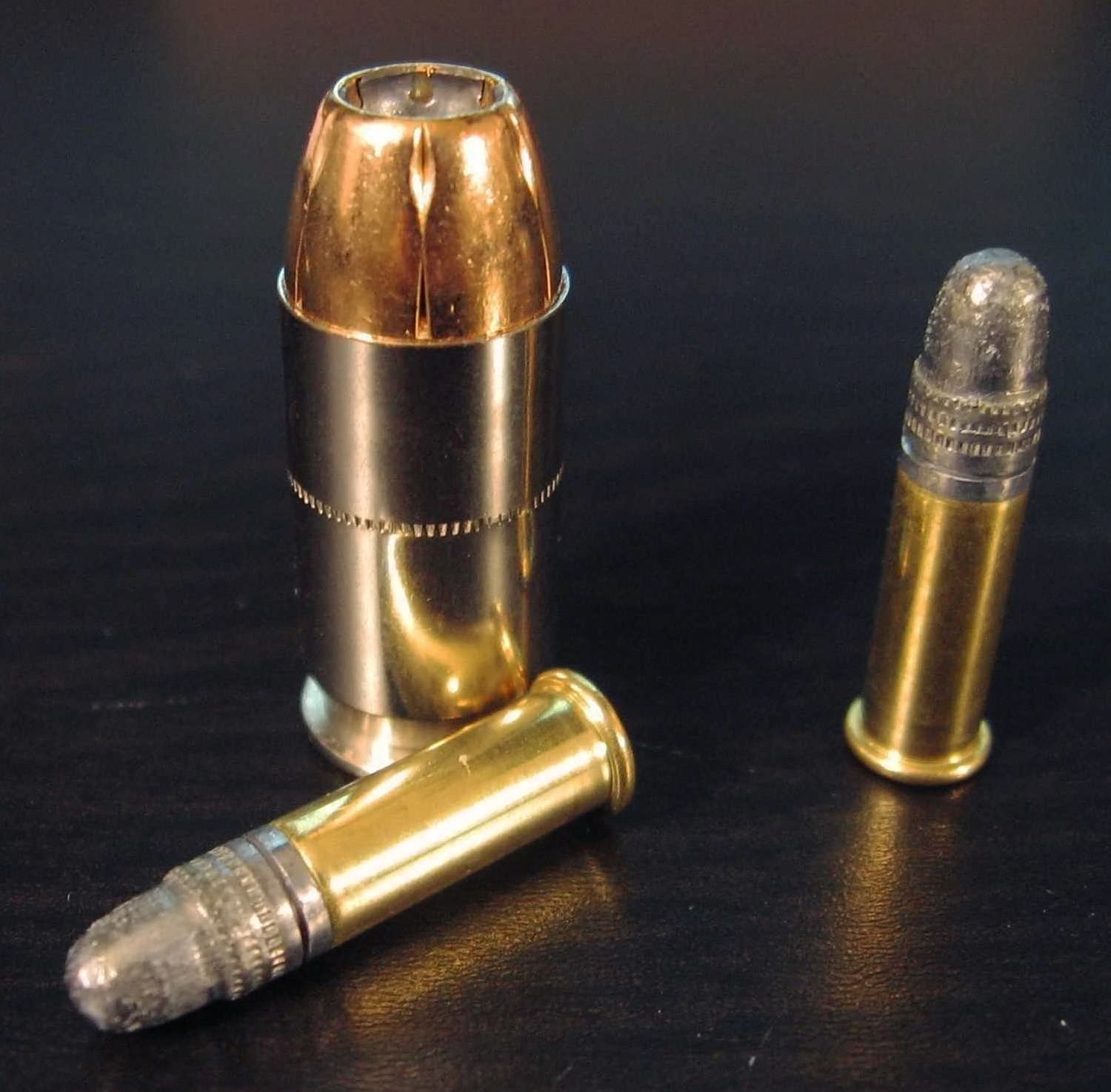|
Cannon
A cannon is a large-caliber gun classified as a type of artillery, which usually launches a projectile using explosive chemical propellant. Gunpowder ("black powder") was the primary propellant before the invention of smokeless powder during the late 19th century. Cannons vary in gauge (firearms), gauge, effective range, mobility (military), mobility, rate of fire, elevation (ballistics), angle of fire and firepower; different forms of cannon combine and balance these attributes in varying degrees, depending on their intended use on the battlefield. A cannon is a type of heavy artillery weapon. The word ''cannon'' is derived from several languages, in which the original definition can usually be translated as ''tube'', ''cane'', or ''reed''. The earliest known depiction of cannons may have appeared in Science and technology of the Song dynasty#Gunpowder warfare, Song dynasty China as early as the 12th century; however, solid archaeological and documentary evidence of cannons do ... [...More Info...] [...Related Items...] OR: [Wikipedia] [Google] [Baidu] [Amazon] |
Hand Cannon
The hand cannon ( or ), also known as the gonne or handgonne, is the first true firearm and the successor of the fire lance. It is the oldest type of small arms, as well as the most mechanically simple form of metal barrel firearms. Unlike matchlock firearms it requires direct manual external Making fire, ignition through a touch hole without any form of firing mechanism. It may also be considered a forerunner of the handgun. The hand cannon was widely used in China from the 13th century onward and later throughout Eurasia in the 14th century. In 15th century Europe, the hand cannon evolved to become the matchlock arquebus, which became the first firearm to have a Trigger (firearms), trigger. History China Dazu Rock Carvings The earliest artistic depiction of what might be a hand cannon—a rock sculpture found among the Dazu Rock Carvings—is dated to 1128, much earlier than any recorded or precisely dated archaeological samples, so it is possible that the concept of a ... [...More Info...] [...Related Items...] OR: [Wikipedia] [Google] [Baidu] [Amazon] |
Autocannon
An autocannon, automatic cannon or machine cannon is a automatic firearm, fully automatic gun that is capable of rapid-firing large-caliber ( or more) armour-piercing, explosive or incendiary ammunition, incendiary shell (projectile), shells, as opposed to the smaller-caliber kinetic projectiles (bullets) fired by a machine gun. Autocannons have a longer effective range and greater terminal ballistics, terminal performance than machine guns, due to the use of larger/heavier munitions (most often in the range of , but bigger calibers also exist), but are usually smaller than tank guns, howitzers, field guns, or other artillery. When used on its own, the word "autocannon" typically indicates a non-rotary weapon with a single gun barrel, barrel. When multiple rotating barrels are involved, such a weapon is referred to as a "rotary autocannon" or "rotary cannon". If it uses a single barrel with a rotating cylinder with multiple chambers, it is known as a "revolver autocannon" or ... [...More Info...] [...Related Items...] OR: [Wikipedia] [Google] [Baidu] [Amazon] |
Artillery
Artillery consists of ranged weapons that launch Ammunition, munitions far beyond the range and power of infantry firearms. Early artillery development focused on the ability to breach defensive walls and fortifications during sieges, and led to heavy, fairly immobile siege engines. As technology improved, lighter, more mobile field artillery cannons were developed for battlefield use. This development continues today; modern self-propelled artillery vehicles are highly mobile weapons of great versatility generally providing the largest share of an army's total firepower. Originally, the word "artillery" referred to any group of soldiers primarily armed with some form of manufactured weapon or armour. Since the introduction of gunpowder and cannon, "artillery" has largely meant cannon, and in contemporary usage, usually refers to Shell (projectile), shell-firing Field gun, guns, howitzers, and Mortar (weapon), mortars (collectively called ''barrel artillery'', ''cannon artil ... [...More Info...] [...Related Items...] OR: [Wikipedia] [Google] [Baidu] [Amazon] |
Gunpowder
Gunpowder, also commonly known as black powder to distinguish it from modern smokeless powder, is the earliest known chemical explosive. It consists of a mixture of sulfur, charcoal (which is mostly carbon), and potassium nitrate, potassium nitrate (saltpeter). The sulfur and charcoal act as fuels while the saltpeter is an oxidizer. Gunpowder has been widely used as a propellant in firearms, artillery, rocketry, and pyrotechnics, including use as a blasting agent for explosives in quarrying, mining, building Pipeline transport, pipelines, tunnels, and road#Construction, roads. Gunpowder is classified as a Explosive#Low, low explosive because of its relatively slow decomposition rate, low ignition temperature and consequently low brisance, brisance (breaking/shattering). Low explosives deflagration, deflagrate (i.e., burn at subsonic speeds), whereas high explosives detonation, detonate, producing a supersonic shockwave. Ignition of gunpowder packed behind a projectile generates ... [...More Info...] [...Related Items...] OR: [Wikipedia] [Google] [Baidu] [Amazon] |
Siege
A siege () . is a military blockade of a city, or fortress, with the intent of conquering by attrition, or by well-prepared assault. Siege warfare (also called siegecrafts or poliorcetics) is a form of constant, low-intensity conflict characterized by one party holding a strong, static, defensive position. Consequently, an opportunity for negotiation between combatants is common, as proximity and fluctuating advantage can encourage diplomacy. A siege occurs when an attacker encounters a city or fortress that cannot be easily taken by a quick assault, and which refuses to surrender. Sieges involve surrounding the target to block provision of supplies and reinforcement or escape of troops (a tactic known as "investment"). This is typically coupled with attempts to reduce the fortifications by means of siege engines, artillery bombardment, mining (also known as sapping), or the use of deception or treachery to bypass defenses. Failing a military outcome, sieges can often be ... [...More Info...] [...Related Items...] OR: [Wikipedia] [Google] [Baidu] [Amazon] |
Wuwei Bronze Cannon
The Wuwei Bronze Cannon (武威銅火炮 — Wǔwēi tóng huǒpào) or Xi Xia Bronze cannon (西夏铜火炮 — Xīxià tóng huǒpào)Kelly DeVries, John France, Clifford J. Rogers (October 2015). Journal of Medieval Military History'. 13: 251. was discovered in 1980 and is probably the oldest and largest cannon dated to the 13th century. This long, bronze cannon was discovered in a cellar in Wuwei, Gansu Province. It bears no inscription, but has been dated by historians to the late Western Xia period between 1214 and 1227 through contextual evidence. The gun contained an iron ball about nine centimeters in diameter, which is smaller than the muzzle diameter at twelve centimeters, and of gunpowder in it when discovered, meaning that the projectile might have been another co-viative fired along with other small projectiles such as porcelain shards or metal scraps. Ben Sinvany and Dang Shoushan believe that the ball used to be much larger prior to its highly corroded state ... [...More Info...] [...Related Items...] OR: [Wikipedia] [Google] [Baidu] [Amazon] |
Great Turkish Bombard
The Dardanelles Gun or Great Bronze Gun ( or simply ''Şahi'') is a 15th-century siege cannon, specifically a super-sized bombard, which saw action in the 1807 Dardanelles operation. It was built in 1464 by Ottoman military engineer Munir Ali and modelled after the Basilic, the bombard crafted by Orban that was used for the Ottoman siege of Constantinople in 1453. History The Dardanelles Gun was cast in bronze in 1464 by Munir Ali with a weight of 17 tonnes and a length of , being capable of firing stone balls of up to ). The powder chamber and the barrel are connected by the way of a screw mechanism, allowing easier transport of the unwieldy device. Such super-sized bombards had been employed in Ottoman warfare and in Western European siege warfare since the beginning of the 15th century. According to Gábor Ágoston, the technology could have been introduced from other Islamic countries which had earlier used cannons or from Europe. The Ottoman army successfully ... [...More Info...] [...Related Items...] OR: [Wikipedia] [Google] [Baidu] [Amazon] |
Mortar (weapon)
A mortar today is usually a simple, lightweight, man-portable, Muzzleloader, muzzle-loaded cannon, consisting of a Smoothbore, smooth-bore (although some models use a Rifling, rifled barrel) metal tube fixed to a base plate (to spread out the recoil) with a lightweight bipod mount and a Sight (device), sight. Mortars are typically used as indirect fire weapons for close fire support with a variety of ammunition. Historically mortars were heavy Siege, siege artillery. Mortars launch explosive shell (projectile), shells (technically called Bomb, bombs) in high arching Projectile motion, ballistic trajectories. History Mortars have been used for hundreds of years. The earliest reported use of mortars was in Korea in a 1413 naval battle when Korean gunsmiths developed the ''wan'gu'' (gourd-shaped mortar) (완구, 碗口). The earliest version of the ''wan'gu'' dates back to 1407. Ch'oe Hae-san (1380–1443), the son of Ch'oe Mu-sŏn (1325–1395), is generally credited with inventi ... [...More Info...] [...Related Items...] OR: [Wikipedia] [Google] [Baidu] [Amazon] |
Science And Technology Of The Song Dynasty
The Song dynasty (; 960–1279 CE) witnessed many substantial History of science and technology in China, scientific and technological advances in History of China, Chinese history. Some of these advances and innovations were the products of talented statesmen and scholar-officials drafted by the government through imperial examinations. Shen Kuo (1031–1095), author of the ''Dream Pool Essays'', is a prime example, an List of Chinese inventions, inventor and pioneering figure who introduced many new advances in Chinese astronomy and Chinese mathematics, mathematics, establishing the concept of true north in the first known experiments with the magnetic compass. However, commoner craftsmen such as Bi Sheng (972–1051), the inventor of History of printing in East Asia, movable type printing (in a form predating the printing press of Johannes Gutenberg), were also heavily involved in technical innovations. The ingenuity of advanced mechanical engineering had a long tradition in ... [...More Info...] [...Related Items...] OR: [Wikipedia] [Google] [Baidu] [Amazon] |
Howitzer
The howitzer () is an artillery weapon that falls between a cannon (or field gun) and a mortar. It is capable of both low angle fire like a field gun and high angle fire like a mortar, given the distinction between low and high angle fire breaks at 45 degrees or 800 mils (NATO). With their long-range capabilities, howitzers can be used to great effect in a battery formation with other artillery pieces, such as long-barreled guns, mortars, and rocket artillery. Howitzers were valued for their ability to fire explosive shells and incendiary materials into fortifications. Unlike mortars, which had fixed firing angles, howitzers could be fired at various angles, providing greater flexibility in combat. Throughout the 18th and 19th centuries, howitzers evolved to become more mobile and versatile. The introduction of rifling in the mid-19th century led to significant changes in howitzer design and usage. By the early 20th century, howitzers were classified into different categor ... [...More Info...] [...Related Items...] OR: [Wikipedia] [Google] [Baidu] [Amazon] |
Ottoman Empire
The Ottoman Empire (), also called the Turkish Empire, was an empire, imperial realm that controlled much of Southeast Europe, West Asia, and North Africa from the 14th to early 20th centuries; it also controlled parts of southeastern Central Europe, between the early 16th and early 18th centuries. The empire emerged from a Anatolian beyliks, ''beylik'', or principality, founded in northwestern Anatolia in by the Turkoman (ethnonym), Turkoman tribal leader Osman I. His successors Ottoman wars in Europe, conquered much of Anatolia and expanded into the Balkans by the mid-14th century, transforming their petty kingdom into a transcontinental empire. The Ottomans ended the Byzantine Empire with the Fall of Constantinople, conquest of Constantinople in 1453 by Mehmed II. With its capital at History of Istanbul#Ottoman Empire, Constantinople (modern-day Istanbul) and control over a significant portion of the Mediterranean Basin, the Ottoman Empire was at the centre of interacti ... [...More Info...] [...Related Items...] OR: [Wikipedia] [Google] [Baidu] [Amazon] |
Caliber
In guns, particularly firearms, but not #As a measurement of length, artillery, where a different definition may apply, caliber (or calibre; sometimes abbreviated as "cal") is the specified nominal internal diameter of the gun barrel Gauge (firearms), bore – regardless of how or where the bore is measured and whether the finished bore matches that specification. It is measured in inches or in millimetres, millimeters]ref name=barnes2016-p9> In the United States it is expressed in hundredths of an inch; in the United Kingdom in thousandths; and elsewhere in millimeters. For example, a US "45 caliber" firearm has a barrel diameter of roughly 0.45 inches (11.43mm). Barrel diameters can also be expressed using metric dimensions. For example, a "9 mm pistol" has a barrel diameter of about 9 millimeters. Since metric and US customary units do not convert evenly at this scale, metric conversions of caliber measured in decimal inches are typically approximations of the precise spe ... [...More Info...] [...Related Items...] OR: [Wikipedia] [Google] [Baidu] [Amazon] |








